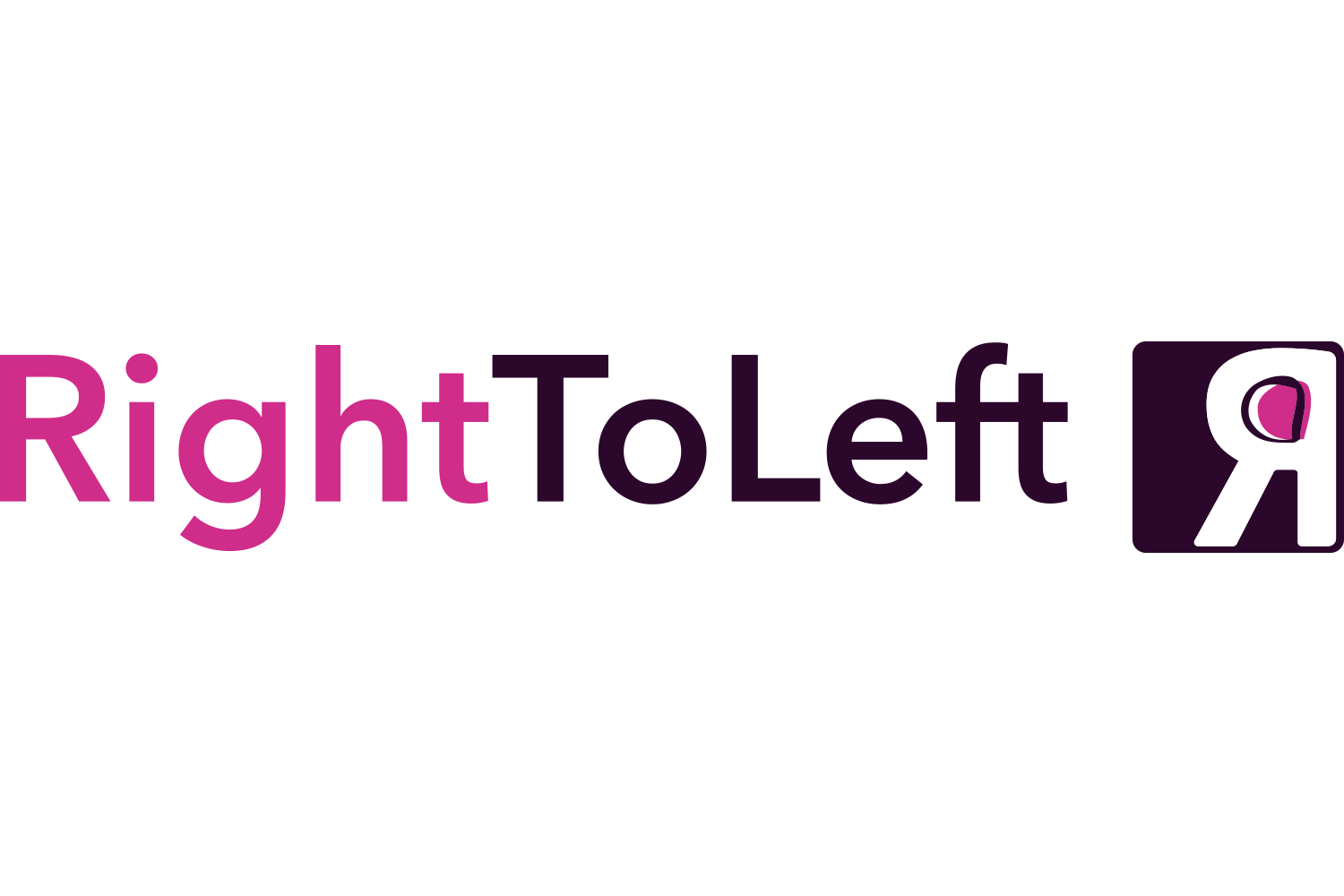Top 5 MVP tips to avoid a product wreck
For too many product managers, pressures and influencers wreck the the MVP by turning it into the first release of a new product or update which is ‘minimal’ enough to keep all stakeholders happy. This serves to inflate leadership’s confidence in the performance of the product; a spell that is all too often lifted after months of delay, huge overspending, unhappy customers and peer pressure. In short, the outcome is usually a car crash.
The common mistake is forgetting the goal of MVP, which is to learn whether the assumptions you have about the users needs are real or fictional.
Here are 5 tips to help achieve learnings and position the MVP appropriately:
1. MVP is an experiment
An iterative experimental process can validate your assumptions to inform the direction of your product. Organisations that embrace the value of exactly that have high-paced iteration structures and release new MVPs and experiments every week. As such, these companies have highly motivated teams that improve their customers’ lives every week.
2. Use data to get close to the user
Measure everything. The more instrumentation of the users’ behaviour, the better.
Don’t be tempted to use all this data to build massive reports; this is just causes ‘analysis paralysis’. Instead, when you are looking at your success KPIs for a specific MVP (experiment), ask big questions like “Why is conversion not bigger?”. Drill down using the data to answer questions like “Why do users drop off at that stage of funnel?”. And then dig into it with even more focused questions.
Good data will answer the focused questions such as “What acquisition source did customers who drop off come from?”. These insights validate your assumptions, give you more understanding and inspire better simple solutions.
3. Understand the problem
Many companies have a culture that drives product development based on KPIs that are deemed too low, or by a market sector that is felt underexploited. Knowing there may be an opportunity is the easy part; the hard part is to understand the problem so you can solve it better than anyone else.
Too frequently the solution is designed before the problem is defined; there are many assumptions implied about the problem. Take time to understand the assumptions, document them, then design MPVs (experiments) to test the key assumptions. Every MVP (experiment) should give you more learning and a greater understanding of the problem.
4. Be careful what you delegate
Each MVP will collect data which can provide insights and learnings. But for who? Insights are based on perception so invest the time to share the process of data analysis with your triad of functions (ie, commercial, design and content and technical.
Discussions following the tested MVP will enable shared learning, better insights and collaborative innovation.
5. Minimal can be manual
The goal of MVP (experiment) is to validate assumptions which may not need a lot or any code to be written. Many assumptions can actually be tested with manual effort.
In Lean Start Up, Eric Ries describes ‘concierge MPV’ and ‘Wizard of Oz MVP’, which both involve people manually making processes work instead of code. There is evidence to show that MVP styles have some benefits, including the fact that:
leadership cannot confuse it with ‘version one’
people being in the centre of a formal process like this actually cover more insights, and
they are typically fast to put in place.
MVP is a tool that can take your product management journey from being just a lucky win to being being repeatable.

